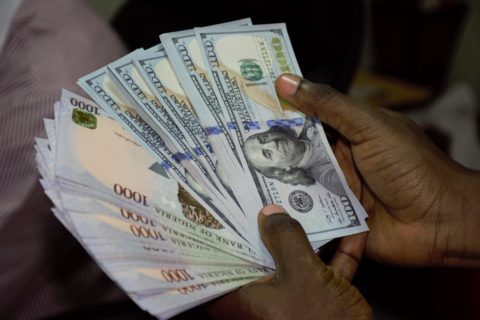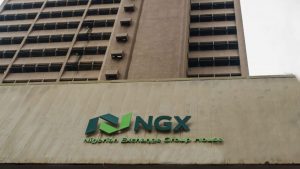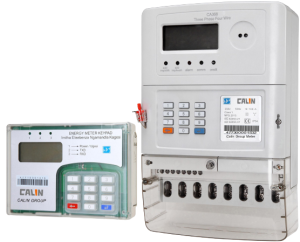
Naira on yesterday fell to a record low of N1,348.63 per dollar following strong demand on the official market, also known as NAFEM.
This is despite the news of the additional release of $500 million to various sectors in its determination to address the backlog of verified foreign exchange transactions by the Central Bank of Nigeria (CBN).
This represents 33.87% or N456.73 weaker than N891.90 recorded at the close of trading on Friday.
The observed depreciation is unparalleled and stands as the lowest point in the historical performance of the Naira, reflecting the severity of the current economic challenges.
This latest depreciation marks the sixth time the Naira has breached the N1,000/$ threshold in the official market, highlighting a persistent trend of weakness.
The first instance occurred on Friday, December 8th, 2023, when the currency reached a historical low of N1,099.05 per dollar. This was followed by a brief reprieve before a second depreciation on Thursday, December 28th, 2023, closing at N1,043.09 per dollar.
These developments represent a significant turning point for the Naira.
Despite recent efforts by the Central Bank of Nigeria (CBN) to bolster the foreign exchange market through interventions, the currency’s downward trend persists, prompting concerns about its potential impact on the broader economy.
This development is likely to aggravate existing inflationary pressures and further strain household budgets, particularly for those reliant on imported goods.
The implications for businesses, both large and small, are also significant, with potential increases in production costs and challenges in maintaining profitability.
The domestic currency depreciated by 33.87% to close at N1,348.63 to a dollar at the close of business, data from the NAFEM where forex is officially traded, showed.
This represents an N456.73 loss or a 33.87% decline in the local currency compared to the N891.90 it closed on Friday.
The intraday high recorded was N1414.94/$1, while the intraday low was N701/$1, representing a wide spread of N713.94/$1.
According to data obtained from the official NAFEM window, forex turnover at the close of the trading was $64.29 million, representing a 36.33% increase compared to the previous day.
However, the naira depreciated at the parallel forex market where forex is sold unofficially, the exchange rate depreciated by 2.76%, quoted at N1,450/$1, while peer-to-peer traders quoted around N1,466.20/$1.
Earlier the Central Bank of Nigeria (CBN) said that it has released 500 million dollars to various sectors in its determination to address the backlog of verified foreign exchange transactions.
Mrs. Hakama Sidi-Ali, CBN’s Acting Director of the Corporate Communications Department, said this in a statement on Monday in Abuja.
According to the News Agency of Nigeria (NAN), Sidi-Ali said this comes barely a week after the apex bank paid approximately 2.0 billion dollars to settle outstanding commitments across manufacturing, aviation, and petroleum sectors.
She said that the management of the CBN was committed to settling all legitimate foreign exchange backlogs within a short time frame.
She said the CBN had begun implementing a comprehensive strategy to improve liquidity in the Nigerian foreign exchange markets in the short, medium, and long terms.
“As the Governor said, the CBN’s focus is on addressing fundamental issues that have hindered the effective operation of the Nigerian FX markets over the years,” she said.
Sidi-Ali said that the forex market reforms were designed to streamline and unify multiple exchange rates, foster transparency, and reduce arbitrage opportunities.
She expressed confidence that a stable exchange rate would boost investor confidence and attract foreign investment.






